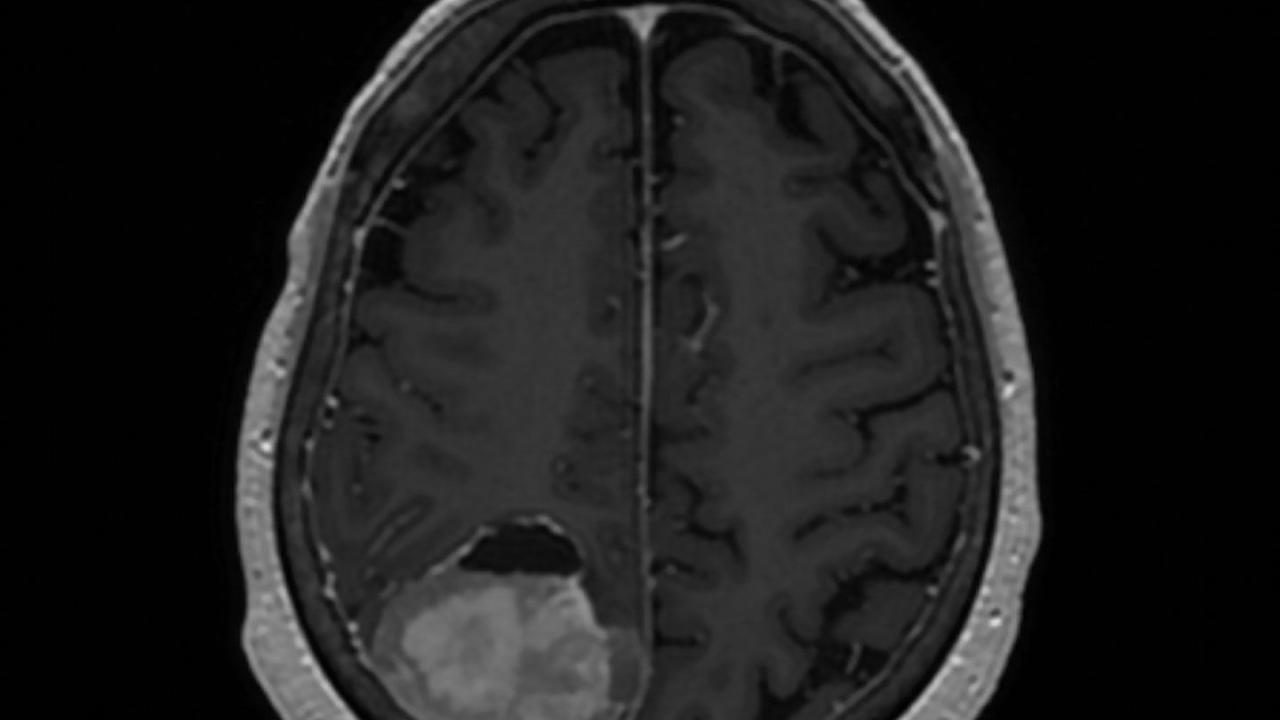
Meningioma MRI scan by Raleigh Lab
Doctors often prescribe radiation along with surgery to treat a brain tumor called meningioma that originates in the protective membranes surrounding the brain. But side effects from radiation can be serious, including memory loss and cognitive decline, so it’s important to know which patients really need it.
Now, researchers at UC San Francisco and Northwestern Medicine, in collaboration with 10 other medical centers, have found a highly accurate way to predict the best treatment for patients based on patterns of gene expression – which genes are turned on and off – in their tumors.
Screening tumors using this new approach could change the course of treatment for nearly 1 in 3 people with meningioma, the most common form of brain tumor diagnosed in 42,000 Americans each year. Unlike other brain tumors, meningiomas occur most often in female, Black and elderly patients.
In a paper appearing Nov. 9, 2023 in Nature Medicine, the team concluded that just 1 in 5 patients with low-grade tumors (those less likely to regrow) may need radiation, while around 2 in 5 with higher-grade tumors may be better off without radiation, based on the results of the new gene-expression test.
“There’s been a lot of controversy in the field in terms of who should receive radiotherapy and who shouldn’t,” said David Raleigh, MD, PhD, a radiation oncologist in the UCSF Brain Tumor Center and a senior author of the study, along with Stephen Magill, MD, PhD, assistant professor of neurological surgery at Northwestern University Feinberg School of Medicine. “Our biomarker takes the guessing game out of this and shows us which patients are likely to benefit from radiotherapy and which may get toxicity and possibly no benefit from radiation.”